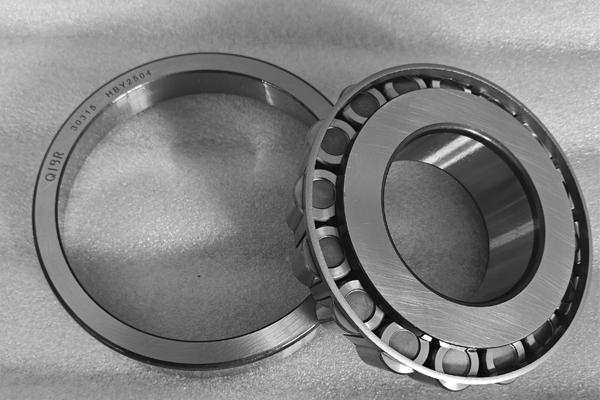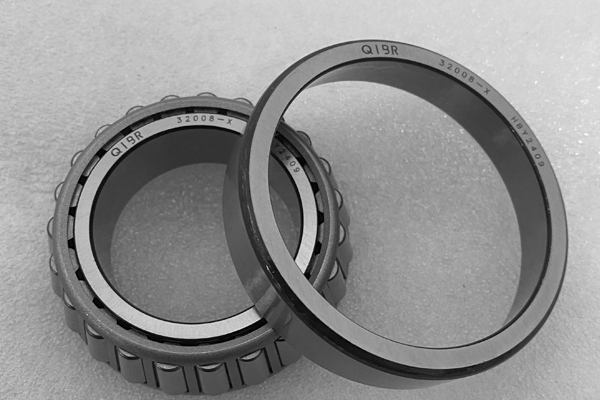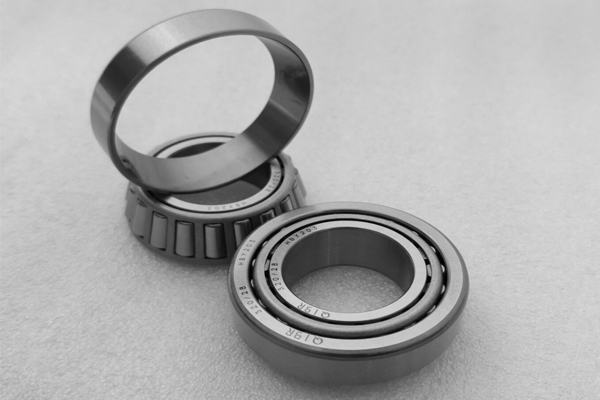Newsroom
Effect of High Rotational Speed on Deep Groove Ball Bearings
2025-09-19I. Identifying Abnormal Conditions by Sound
1.Normal condition: A smooth-running tapered roller bearing emits a low humming sound.
2.Abnormal sounds:
- Sharp hissing or squeaking → Inadequate lubrication or improper clearance.
- Clear metallic sound → Indentations on the outer ring raceway or impact marks caused during installation.
- Intermittent noise → Local damage on rolling elements; the sound occurs when the damaged surface passes under load.
- Hissing noise → Presence of contaminants inside the bearing.
- Loud irregular noise → Severe tapered roller bearing damage. Experienced operators often use electronic stethoscopes or similar tools to detect abnormal noises.
II. Common Failure Modes and Causes
1.Bearing surface corrosion
- Symptoms: Abnormal concentration of non-ferrous elements in spectrum analysis; many submicron non-ferrous wear particles in ferrography.
- Main causes: Excessive moisture in lubricant, high acid number.
2.Journal surface scoring
- Symptoms: Ferrogram shows ferrous cutting particles or black oxide particles; metal surface exhibits temper color.
- Main causes: Poor lubrication or entry of foreign particles leading to direct metal-to-metal contact.

3. Journal surface corrosion
- Symptoms: Abnormally high iron concentration; many submicron iron wear particles in ferrography.
- Main causes: Excessive lubricant moisture or high acid number causing electrochemical corrosion.
4. Surface scoring (non-journal area)
- Symptoms: Cutting wear particles detected in ferrography, composed of non-ferrous metals.
- Main causes: Contamination or insufficient lubrication causing sliding wear.
5. Backside fretting wear
- Symptoms: Abnormal iron concentration; large number of submicron iron particles in ferrography; lubricant shows excess water and abnormal acid value.
- Main causes: Improper fit between tapered roller bearing and housing, resulting in micro-motion wear.

III. Role of Lubrication and Oil Film
- Under hydrodynamic lubrication, the oil film separates the sliding surfaces, preventing direct contact and significantly reducing friction and wear. implementing effective cooling and monitoring systems.
- The oil film also provides damping capacity, lowering vibration and noise.
- Inappropriate lubrication (insufficient quantity, degraded oil, or wrong lubricant selection) is a major cause of sharp abnormal noise and accelerated wear.
Summary
The main causes of tapered roller bearing failures include lubrication issues, improper assembly, poor fit, contamination, and fatigue damage.
By applying acoustic diagnosis, ferrographic analysis, and lubricant monitoring, potential faults can be identified early, allowing preventive measures to be taken before catastrophic failure occurs.



